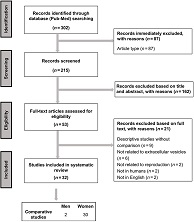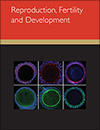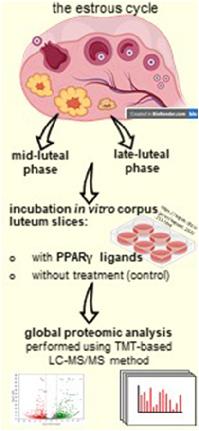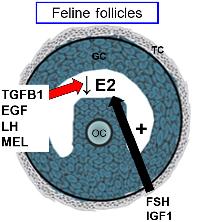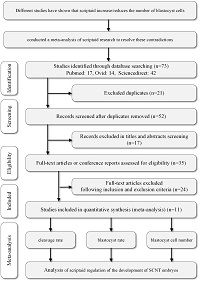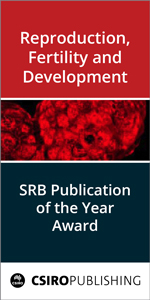Reproduction, Fertility and Development
Volume 34
Number 11 2022
In a wide variety of biological processes, extracellular vesicles are essential players in the regulation of cell-to-cell communication. The present work consists of a systematic review of studies analysing the involvement of micro-RNAs contained in extracellular vesicles in various reproductive-related disorders including infertility, pregnancy complications and embryo development.
The proper functioning of the corpus luteum (CL) is crucial for mammalian reproduction. To better understand the functioning of CL, we examined the changes in the proteome of CL depending on the phase of the oestrous cycle and the impact of PPAR ligands on the proteomic profile of CL. Obtained results reveal that certain proteins constitute a specific proteomic signature for each of the examined phases and contribute to a better understanding of the role of PPAR in the CL.
Fertility control methods for felines are limited due to lack of knowledge regarding hormonal regulation of feline ovarian granulosa cell proliferation and steroidogenesis. Using a newly developed feline granulosa cell culture system, the present study has identified transforming growth factor beta 1 (TGFB1) as a major regulator of feline ovarian function, in addition to melatonin, gonadotropins and other growth factors. These studies will provide useful information for future development of fertility control in feline species.
Whether scriptaid can increase the number of blastocyst cells or the cleavage rate remains controversial. Therefore, we conducted a meta-analysis of the literature published during the past decade. Results shows that scriptaid was positively correlated with the blastocyst rate but had no effect on the cleavage rate or the blastocyst cell number.
 and Jordi Ribas-Maynou
and Jordi Ribas-Maynou 
